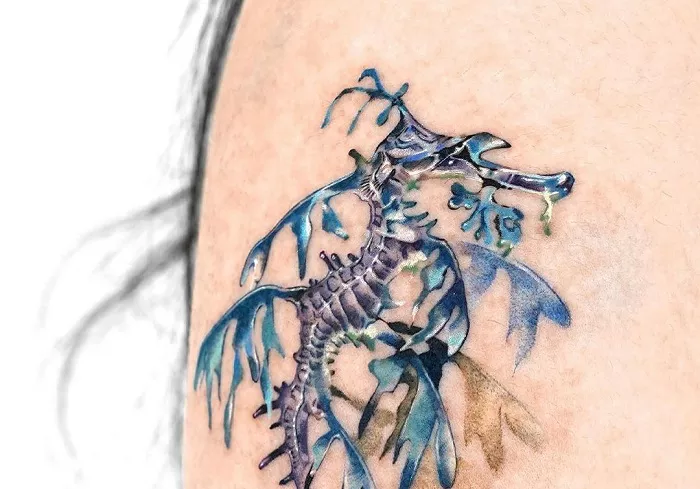Dragon Ball GT is often remembered for its inconsistent quality, forgettable characters, and arcs that rarely lived up to their potential. While it had intriguing concepts—like the parasitic villain Baby and the morally gray Shadow Dragons—poor execution kept them from reaching the iconic status of Dragon Ball Z’s best villains.
One of the most glaring issues in GT is its broken power scaling. Ever since the Saiyan Saga, Dragon Ball fans have become obsessed with power levels—who’s stronger, who can beat whom, and how transformations affect power. In GT, however, this long-standing internal logic often goes completely off the rails. Here are ten standout examples where the power scaling in GT made absolutely zero sense.
1. Pan Holding Her Own Against Enemies Far Stronger Than Her
Pan, Goku’s granddaughter, is portrayed as tough but still very much a child—and nowhere near the level of Saiyans like Goku or Vegeta. Yet, she constantly holds her own in battles, sometimes even against galactic threats. Her victories feel more like plot armor than actual strength.
2. Base Form Goku vs. Baby Vegeta
When Goku fights Baby in his early stages, he holds his own even in base form, despite Baby Vegeta supposedly being strong enough to dominate Super Saiyan-level fighters. This completely undermines Baby’s threat level and Goku’s need to transform.
3. Super Saiyan 4 Goku Struggling Against Enemies That Previously Looked Weak
Super Saiyan 4 is hyped as one of Goku’s most powerful forms ever—yet, he’s often shown struggling against characters that were previously overpowered by far weaker transformations. This raises major questions about consistency.
4. The Return of Frieza and Cell in Hell
When Frieza and Cell return from Hell, they team up against Goku in base form. Remember—these two were outdated threats even by mid-Z, and Goku should be able to flick them away effortlessly by this point. Yet the fight is drawn out and dramatic.
5. Trunks and Goten Being Nearly Useless
Goten and Trunks, once teenage powerhouses in Z, are relegated to comic relief and cannon fodder in GT. Despite their hybrid Saiyan potential, they rarely contribute meaningfully in combat, making their earlier feats feel irrelevant.
6. Super 17 Overwhelming Everyone
Super 17 manages to defeat nearly all of the Z Fighters with ease, including Super Saiyan-level warriors. The problem? His strength seems to come out of nowhere. There’s no gradual buildup—he’s just suddenly unstoppable.
7. General Rilldo Being Stronger Than Majin Buu?
Rilldo is described by Goku as being stronger than Majin Buu—a baffling statement, considering the amount of power Buu displayed in Z. Rilldo doesn’t demonstrate anything that matches that level of devastation.
8. The Shadow Dragons’ Inconsistent Power Levels
Some Shadow Dragons are powerful enough to challenge Super Saiyan 4 Goku, while others are defeated by Pan and base-form Goku. The wild fluctuations between each dragon’s power make the arc feel uneven and poorly planned.
9. Goku Turning Into a Kid Weakens Him—Except When It Doesn’t
One of GT’s major premises is that Goku, turned into a child by the Black Star Dragon Balls, is weaker. Yet he can still achieve massive feats, sometimes more impressive than his adult form in Z. The kid-body excuse becomes inconsistent and hard to track.
10. Vegeta’s Sudden Access to Super Saiyan 4
After spending most of GT offscreen or being outclassed, Vegeta suddenly gets a boost thanks to Bulma’s Blutz Wave Machine, allowing him to skip all the prerequisites and jump straight to Super Saiyan 4. It feels unearned and contradicts the struggle Goku went through to get there.
Conclusion
Dragon Ball GT had a lot of ambition but lacked the storytelling discipline that made Dragon Ball Z‘s power scaling so satisfying. Rather than building up tension through logical progression, GT often resorted to cheap shortcuts and baffling contradictions.
While fans continue to debate its canon status, GT remains a fascinating case study in how not to handle power scaling in a long-running shonen series.
Related topics:

